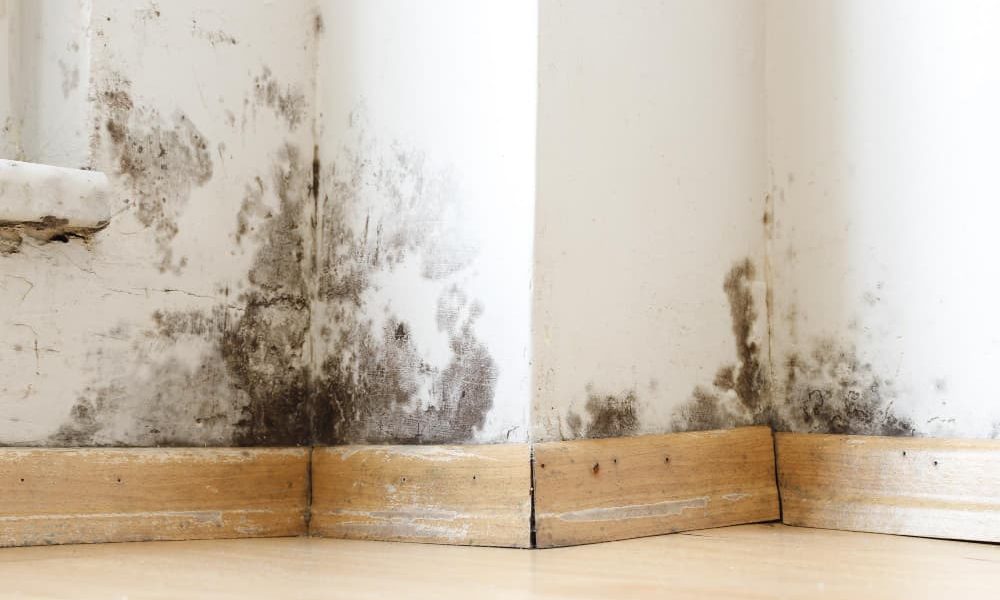
If you have ever encountered a tool house and you have wondered if it would be possible to convert it into a home, you are in the right place.
In this article, we will explore the possibilities of converting a tool house into a homeaddressing aspects such as its characteristics, functions, advantages, what the law says in Spain, permits, documentation and cost of the reform.
Join us on this journey and discover how to make a tool house a comfortable home!
What is a tool house?
The tool house It is a rural construction designed to store farm tools and utensils, such as farming implements, agricultural machinery, fertilizers and seeds.
In general, these are simple buildings, small in size and without great luxuries, but with great functionality and adaptability to the rural environment.
Measurements and characteristics
The measurements of a tool house They may vary depending on the area and needs, but in general, they usually have an area of between 20 and 40 square meters.
As for the characteristics, they are usually single-story buildings, with stone or brick walls, a gable roof and, sometimes, a small porch.
Features
As we mentioned before, the main function of a tool house is to serve as storage space. for agricultural tools and utensils.
However, in some cases, they may also include a small space for food preparation or even an area to rest or spend the night occasionally.
Tool house as a home: is it possible and legal?
Although tool houses are not initially designed to be permanent homes, their structure and characteristics can be attractive to those looking for a rural and simple space to live.
The conversion of a tool house into a home It can be an interesting option for those looking for an affordable home in contact with nature, but what does the law say about it in Spain?
Legislation in Spain
In Spain, the regulations on tool houses and their conversion into homes It varies according to the autonomous community and, sometimes, even between municipalities. In general, tool houses are regulated by local planning regulations, which establish limits and conditions for their construction and use.
In many cases, the conversion of a tool house into a home It may be complicated due to restrictions imposed by law, but it is not impossible.
Permits and documentation
If you are interested in converting a tool house into a home, the first thing you should do is check local regulations and check if it is possible to perform the transformation.
If it is viable, it will be necessary to request the relevant permissions and present a renovation project carried out by a competent architect or technician. This project must include aspects such as the distribution of spaces, facilities (water, electricity, sanitation, etc.), structure and finishes.
Reform cost
He cost of converting a tool house into a home It will depend on various factors, such as the size of the construction, the necessary renovations, the materials and finishes chosen, and professional fees. As a reference, the average cost per square meter of a comprehensive renovation in Spain is usually around 600-800 euros, although this value may vary depending on the area and the characteristics of the project.
Tool house as a home: tips and mistakes to avoid
Below we offer you some tips and mistakes to avoid When converting a tool house into a home:
Be well informed about the regulations: Before embarking on the renovation, make sure you are aware of the restrictions and conditions imposed by local legislation.
Hire professionals: The intervention of a competent architect or technician is essential to ensure that the renovation is carried out safely and in accordance with the law.
Adapt the home to your needs: Take advantage of the renovation to design a home that adapts to your needs and lifestyle, but without losing the essence and charm of the tool house.
Don’t skimp on facilities: The quality and efficiency of the facilities (water, electricity, sanitation, etc.) are essential to guarantee the comfort and habitability of the home.
Avoid the temptation to over-extend: In many cases, regulations impose size and volume limits on tool houses, so do not overdo the extensions to avoid legal problems.
Conclusion
The conversion of a tool house into a home It can be an interesting option for those looking for a simple home in contact with nature. However, it is important to take into account the legal restrictions and challenges that this type of reform entails.
Before embarking on this project, Be sure to inform yourself about local regulations, Hire competent professionals and carefully plan the renovation to adapt it to your needs and preferences.
By following these tips, you will be able to enjoy a tool house converted into a comfortable and cozy home, while respecting the rural environment and the essence of these characteristic buildings.







